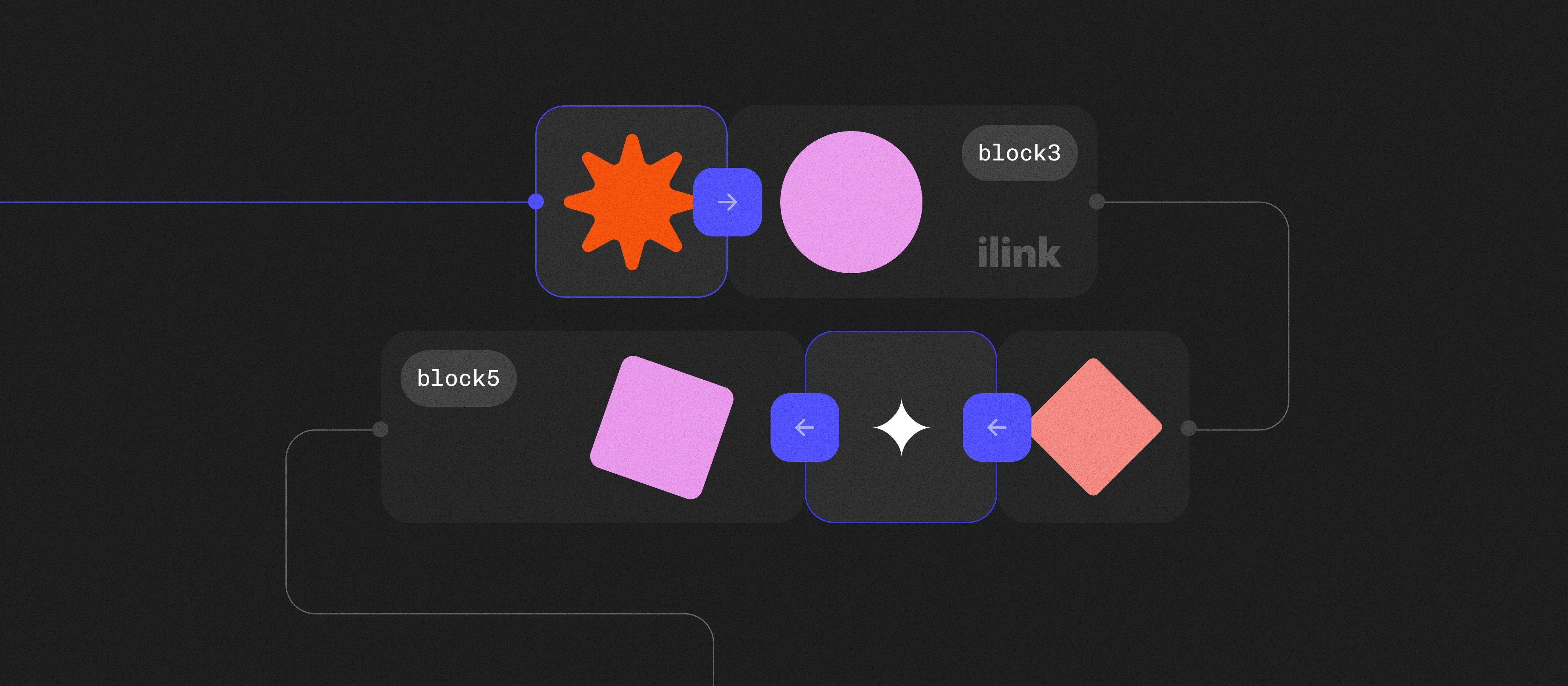The Evolution of Crypto Exchanges: Why Decentralized Exchanges Are Gaining Traction
Introduction
Cryptocurrency trading has come a long way since its inception. As blockchain technology continues to evolve, so too do the platforms that facilitate trading. Centralized exchanges (CEXs) like Binance, Coinbase, and Kraken have long been the cornerstone of cryptocurrency trading, offering users a secure and user-friendly environment to buy, sell, and trade digital assets. However, in recent years, decentralized exchanges (DEXs) have been gaining significant traction, shifting the focus of crypto trading towards decentralization and user empowerment. In this article, we’ll explore the evolution of crypto exchanges, the rise of decentralized exchanges, and why they’re becoming an increasingly popular choice for traders and investors alike.
A Brief History of Crypto Exchanges
The Rise of Centralized Exchanges (CEXs).
Centralized exchanges (CEXs) were the first platforms to facilitate the buying, selling, and trading of cryptocurrencies. They emerged as a solution to make crypto trading accessible to a wider audience, offering an easy-to-use interface, fast transaction speeds, and a broad selection of trading pairs. CEXs have been instrumental in bringing cryptocurrencies into the mainstream, offering services that are simple for beginners to navigate. For a long time, CEXs dominated the market by providing liquidity and a convenient platform for users. These exchanges take on the role of intermediaries, meaning they manage the custody of funds, handle trading operations, and ensure that transactions are completed. However, the very qualities that made CEXs popular also made them vulnerable.
Limitations of CEXs.
- Security concerns. Centralized exchanges are often prime targets for hackers due to the large volumes of assets they hold. High-profile hacks, such as the Mt. Gox incident, highlighted the risks of entrusting a centralized entity with users' funds.
- Centralization of control. CEXs are centralized by design, meaning they control all aspects of trading, including the custody of funds. This control creates concerns over trust, censorship, and a lack of transparency.
- Regulatory challenges. With the increasing global interest in cryptocurrencies, centralized exchanges have faced regulatory scrutiny. Governments and financial institutions are tightening regulations, which could limit the operation of CEXs or impose high compliance costs.
What Are Decentralized Exchanges (DEXs)?
Definition and Functionality.
Decentralized exchanges (DEXs) operate on blockchain technology, removing the need for a central authority. Instead of relying on a centralized entity to facilitate trades, DEXs allow users to trade directly with one another on the blockchain. DEXs use smart contracts to automatically execute trades when certain conditions are met, ensuring that the process is transparent, secure, and decentralized. Key features of DEXs include:
- Peer-to-peer trading. Users retain control of their assets at all times, and trades occur directly between users (peer-to-peer).
- Liquidity pools. Instead of relying on a central order book, DEXs use liquidity pools, where users can contribute their crypto assets and earn rewards for facilitating trades.
- No intermediaries. There’s no third party to act as a middleman, meaning that users have full control over their funds and the trades they execute.
- Decentralized governance. Many DEX platforms are governed by decentralized autonomous organizations (DAOs), where token holders can participate in decision-making processes related to platform updates and changes.
Popular DEX platforms include Uniswap, SushiSwap, PancakeSwap, and 1inch, which have become mainstays in the DeFi (Decentralized Finance) ecosystem.
Why Decentralized Exchanges Are Gaining Traction
Security and Control. One of the primary reasons decentralized exchanges are gaining traction is the increased security they offer. Since users retain control of their private keys and assets, they are not at risk of losing their funds in the event of a hack or security breach. The lack of a central point of failure makes DEXs inherently more secure than their centralized counterparts.
Privacy and Anonymity. DEXs also prioritize privacy and anonymity. Unlike CEXs, which typically require Know-Your-Customer (KYC) processes, DEXs allow users to trade without disclosing personal information. This aligns with the ethos of blockchain technology, which values privacy and decentralized control over financial transactions.
Reduced Fees. Another significant advantage of DEXs is their typically lower trading fees. Centralized exchanges often charge fees for account maintenance, deposits, withdrawals, and trading. In contrast, DEXs, which eliminate the need for a central intermediary, can operate with much lower costs. Although users may still need to pay network fees (especially on Ethereum-based DEXs), the absence of high overhead fees makes DEXs an attractive option for frequent traders.
Access to a Wider Range of Assets. On centralized exchanges, certain tokens may not be listed due to regulatory concerns or listing fees. DEXs, on the other hand, enable users to trade any ERC-20 token (or equivalent on other blockchains) without the need for approval from a central authority. This gives traders access to a wider array of tokens, including new projects and emerging assets that may not yet be available on CEXs.
Decentralization and Empowerment. The decentralization of exchanges is a core feature of the crypto ecosystem. By enabling users to trade directly from their wallets, DEXs empower individuals to take control of their own financial transactions. This aligns with the decentralized ethos of the blockchain, which seeks to remove intermediaries and give power back to the people.
Interested in exploring decentralized exchanges or integrating them into your trading strategy? Contact us today to learn more about how DEXs can benefit you, and get started with secure, low-cost, and decentralized crypto trading.
The Challenges of Decentralized Exchanges
Despite the numerous advantages, DEXs come with their own set of challenges.
User Experience. The user experience on DEXs can be more complicated for beginners compared to CEXs. Users need to manage their own wallets and private keys, and understand the complexities of gas fees and network congestion. While improvements are being made, DEXs are still not as user-friendly as centralized platforms.
Liquidity Issues. Liquidity on DEXs can sometimes be lower than on centralized exchanges. Although liquidity pools help facilitate trades, they may not always have sufficient volume to match large orders, leading to slippage and potentially higher costs for traders.
Transaction Speed and Fees. While DEXs offer many advantages, they are often limited by the scalability of the blockchain they operate on. For example, Ethereum-based DEXs can suffer from high gas fees during peak times, making transactions expensive and slow. Layer 2 solutions and newer blockchain networks like Binance Smart Chain and Solana are addressing these issues, but they are not without their own challenges.
Security Risks. Although DEXs eliminate the risks associated with centralized exchanges, they are not immune to vulnerabilities. Smart contracts can have bugs or be exploited by hackers. Users must also be cautious when interacting with lesser-known DEX platforms that may not have been thoroughly audited for security.
How Decentralized Exchanges Are Evolving
DEXs are rapidly evolving to address many of the challenges they face and are continuing to gain popularity in the crypto space. Here are some ways DEXs are improving:
- User interface improvements. Newer DEXs are focusing on making the user experience more intuitive, offering simpler interfaces and better onboarding for beginners.
- Layer 2 solutions. Platforms like Optimism and Arbitrum are using Layer 2 solutions to reduce transaction fees and improve scalability on Ethereum-based DEXs.
- Cross-chain interoperability. Projects are working on creating bridges between different blockchains, allowing users to trade assets across various networks, such as Ethereum, Binance Smart Chain, and Solana, without losing liquidity.
- Decentralized governance. Many DEXs are incorporating governance tokens, allowing users to have a say in the future development and direction of the platform.
Decentralized exchanges are transforming the landscape of cryptocurrency trading by offering greater security, privacy, and control to users. While challenges like user experience and liquidity remain, the evolution of DEXs is making them an increasingly viable option for traders who value decentralization and autonomy. As technology advances and user-friendly solutions become more prevalent, DEXs are set to become a dominant force in the crypto space.
If you haven’t explored decentralized exchanges yet, now is the time to dive in. As the industry continues to grow, DEXs will likely play a pivotal role in shaping the future of digital finance.
Comments (0)
Latest Posts
Professional blockchain system development makes it possible to create a secure infrastructure that minimizes risks and accelerates operational processes.
Companies that want to remain competitive actively invest in fintech application development, transforming traditional finance into flexible and technology-driven services.
Do You Have Any Questions?
Leave your details - we will contact you to answer all your questions




